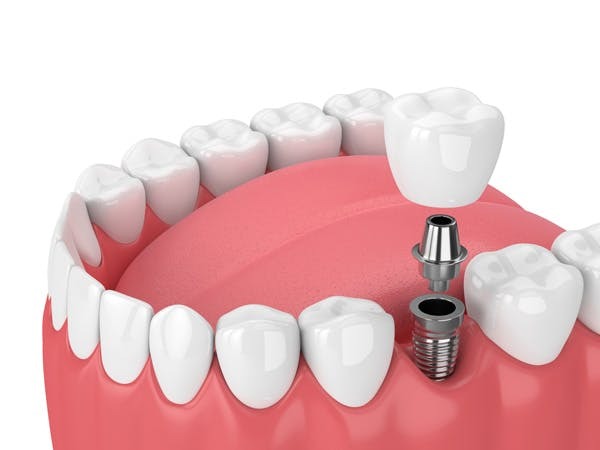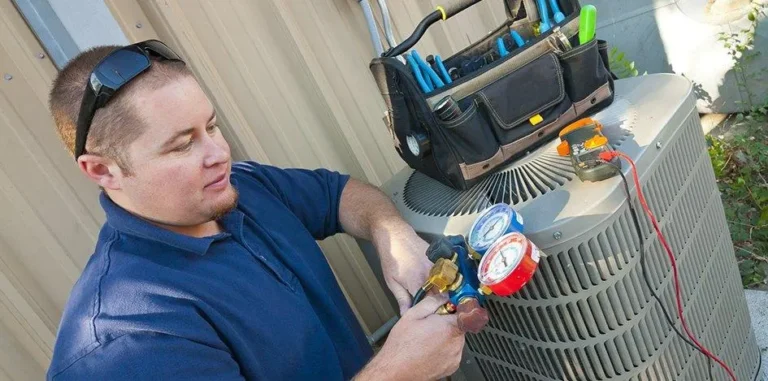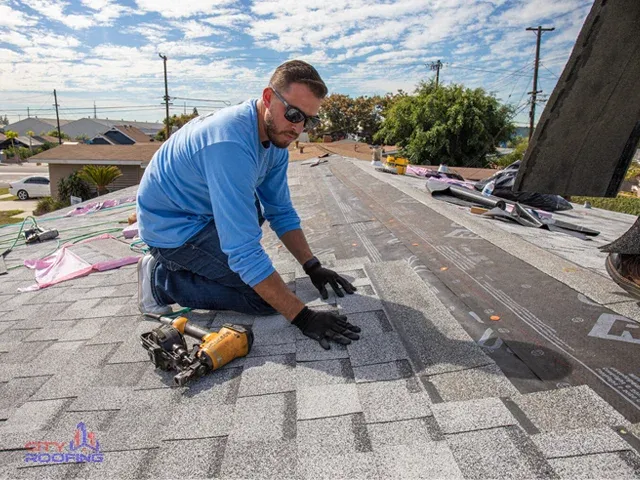The Future of Dental Implants is Here
Missing teeth? Dental implants are considered the best alternative to real teeth because they look, feel and function just like the real thing. But classic endosseous implants that are inserted into the jawbone don’t work for everyone, particularly those with severe bone loss. For many years, this translated into invasive bone grafting procedures or suboptimal, less stable solutions. Nowadays, dental implant science is changing. A solution long relegated to the sidelines, the Subperiosteal Implant is reentering the scene in a big way, thanks to 3D printing and digital design technology today.
In this article, find out everything you need to know about 3D-printed subperiosteal implants, including how they work, their advantages and why they are becoming a game-changer for patients and dentists.
What Are 3D-Printed Subperiosteal Implants?
Whereas a regular implant needs to have adequate jawbone into which it can be surgically placed, subperiosteal implants consist of custom-made frameworks that lie over the jawbone underneath the gum tissue. This significant distinction makes them an offering option for patients with advanced atrophy who can not or will certainly not undergo bone augmentation procedures.
The system uses cutting-edge imaging and manufacturing:
- The patient is imaged with a Cone Beam Computed Tomography (CBCT) scan, and a personalized, detailed 3D model of the jaw is printed.
- This virtual model directs the planning of an accurately fitted implant framework.
- The scaffold is subsequently 3D-printed with biocompatible materials, such as titanium/titanium alloy or zirconia.
The end product is a custom implant that serves as a solid structure to support prosthetic teeth but does not require drilling into an atrophied jawbone.
The Modern Comeback of an Old Idea
Subperiosteal implants have been developed since the 1940s, but declined in popularity because of manufacturing and imaging options at that time. The earlier models were a bit too vague, resulting in issues.
It is the digitalisation in dentistry that has led to this technology experiencing a revival. Thanks to today’s developments in CAD/CAM (Computer-Aided Design/Computer-Aided Manufacturing) along with high-definition CBCT scanning, the accuracy has been raised to new heights. Now, surgeons can digitally plan virtually the entire procedure, creating an implant that perfectly fits the unique bone structure of their patient. This digital procedure provides for a predictable result, preserves the patient from trauma and reduces the possibility of an intraoperative complication. First, it enables the entire OR team, including the Anesthesia Tech, to set up appropriately for the case.
| Feature Comparison | Traditional Implants | 3D-Printed Subperiosteal Implants |
| Placement | Into the jawbone | On top of the jawbone |
| Bone Requirement | Sufficient bone volume is needed | Minimal bone volume required |
| Bone Grafting | Often necessary | Typically avoided |
| Treatment Time | Can take 6-12+ months (with grafting) | Shorter timeline, immediate loading possible |
| Customization | Standardized sizes | Fully patient-specific |
Key Benefits of 3D-Printed Subperiosteal Implants
The regained attention of such a dental implant technology is due, mainly, to its many advantages when compared with conventional procedures and particularly for complex cases.
- Custom Fit: These implants are designed with the patient’s CBCT, so they fit perfectly in that individual’s bone structure. This minimisizes the duration of surgery and intra-op surprises.
- No need for Bone Grafting: No more invasive, consuming and costly bone graft procedures. This renders it suitable for patients with a medical history that is not compatible with grafting.
- Improved Osseointegration: Contemporary implants are developed with strong, robust materials such as titanium alloys and have been modified at the surface to ensure better-than-ever bone integration.
- Greater Prosthetic Variety: For single crowns or full-arch restorations, the stable framework accommodates diverse prosthetic solutions that supply natural-looking and functional outcomes.
- Quicker Treatment: As bone grafting and the healing recovery time that accompanies it are not a part of our treatment plan, the overall in-office treatment timeline has been drastically cut short for most cases. A temporary prosthesis can often be applied 48h after surgery.
Challenges and Considerations
3D-printed subperiosteal implants have many advantages, but there are issues to be addressed. The price may differ widely depending on case complexity, material and the expertise of the surgeon. Conventional methods, whilst usually more invasive and time-consuming, are just as effective in patients with sufficient bone.
However, the increased direct cost of a custom, 3D-printed implant is often compensated for by avoiding the need for bone grafts and potential re-interventions.
Revolutionizing Patient Care
The resurgence of 3D-printed subperiosteal implants is an exciting advancement for the world of dental implants. “By combining proven treatment technology along with precise digital technology, clinicians are now able to provide patients who have significant bone loss with a less invasive, more predictable and ultimately successful solution.
The ever-expanding capabilities of 3D printing and CAD/CAM software are enabling oral surgeons to treat challenging facial anatomies with confidence. For patients who thought they were never a good candidate for implants, this technology opens up the possibility to restore function, aesthetics and the way of life.






